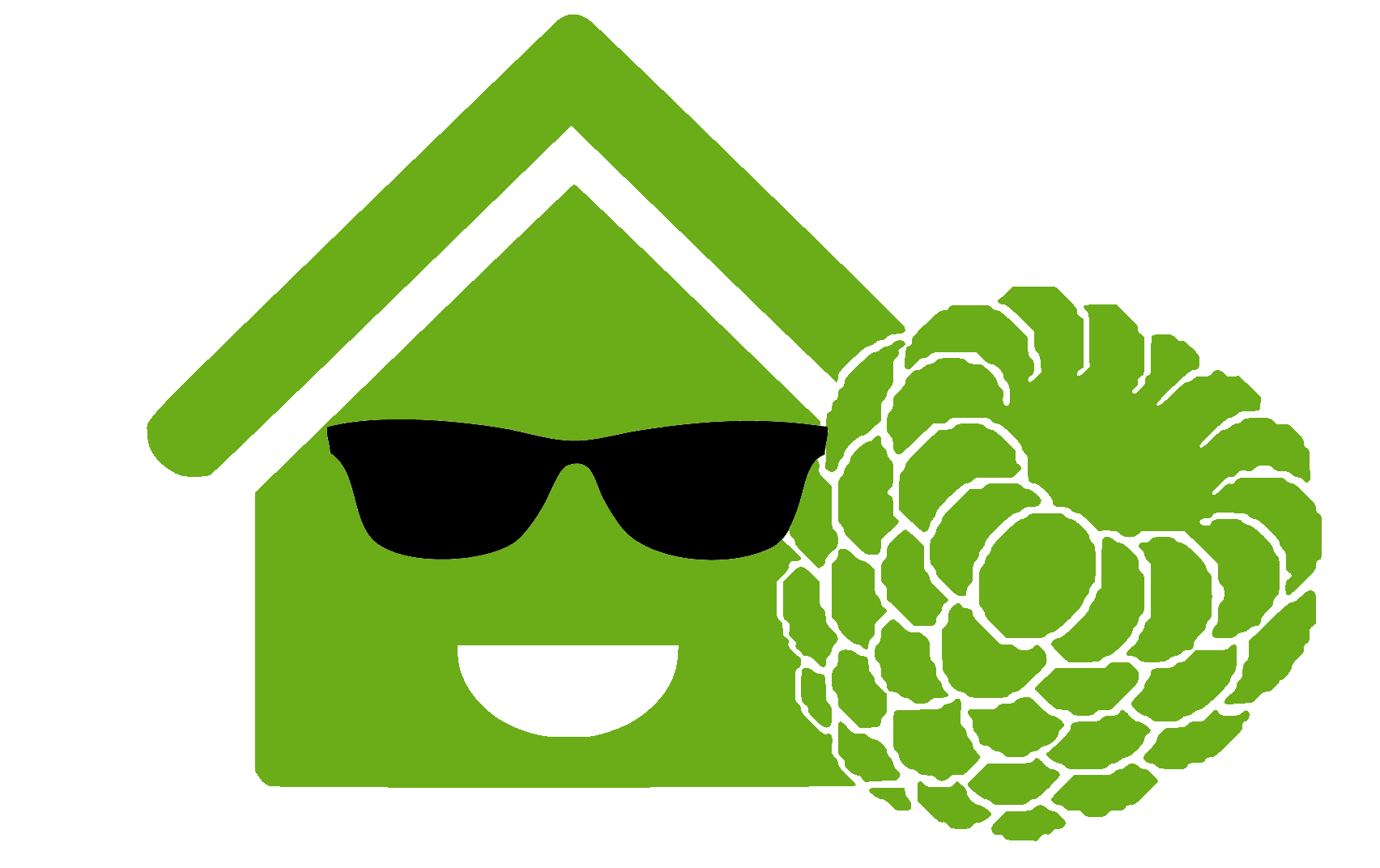da ich gerne die tibber Strompreise in meinem Loxone hätte, habe ich zwei Raspberrys ausgegraben.
Über die Anleitung (https://wiki.loxberry.de/start) sowie DietPi (https://dietpi.com/#downloadinfo)
Installiert.
Soweit so gut.
Nach einer Ewigkeit der Installation kann ich auf beide Geräte nur via SSH zugreifen.
Zumindest ein PI zeigt einen Apache Webserver an, der andere funktioniert gar nicht.
Sicherlich habe ich nur einen blöden Anfängerfehler begangen und vielleicht habt Ihr eine Idee für mich?
Ich weiß so ehrlich auch nicht, welches Image ich benötige - ich habe es mit einem ARMv7 und ARMv6 probiert.
Anbei mal ein Auszug aus dem SSH sowie Bilder der Hardware.
Ich danke Euch jetzt schon!
VG
Christian


Kommentar